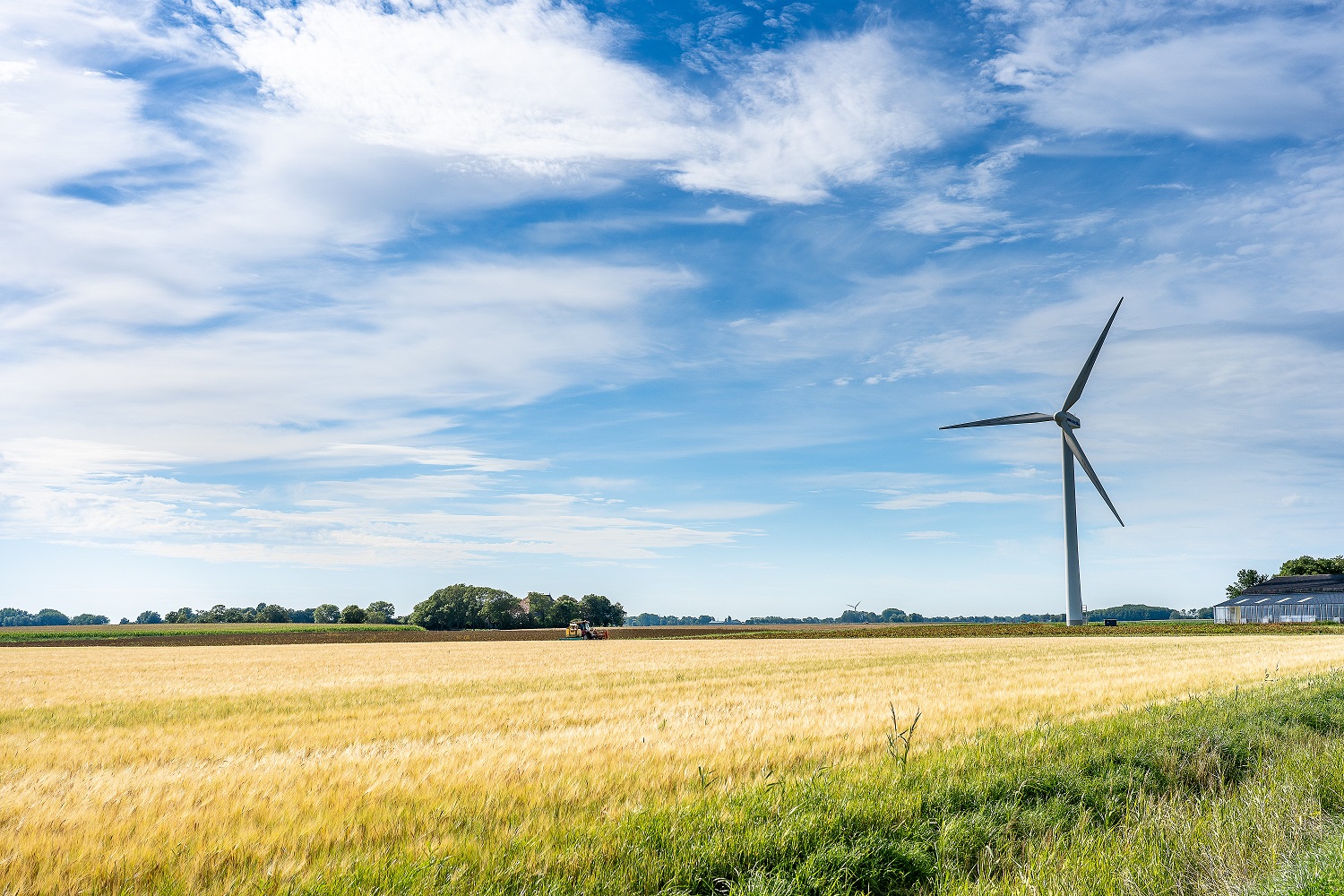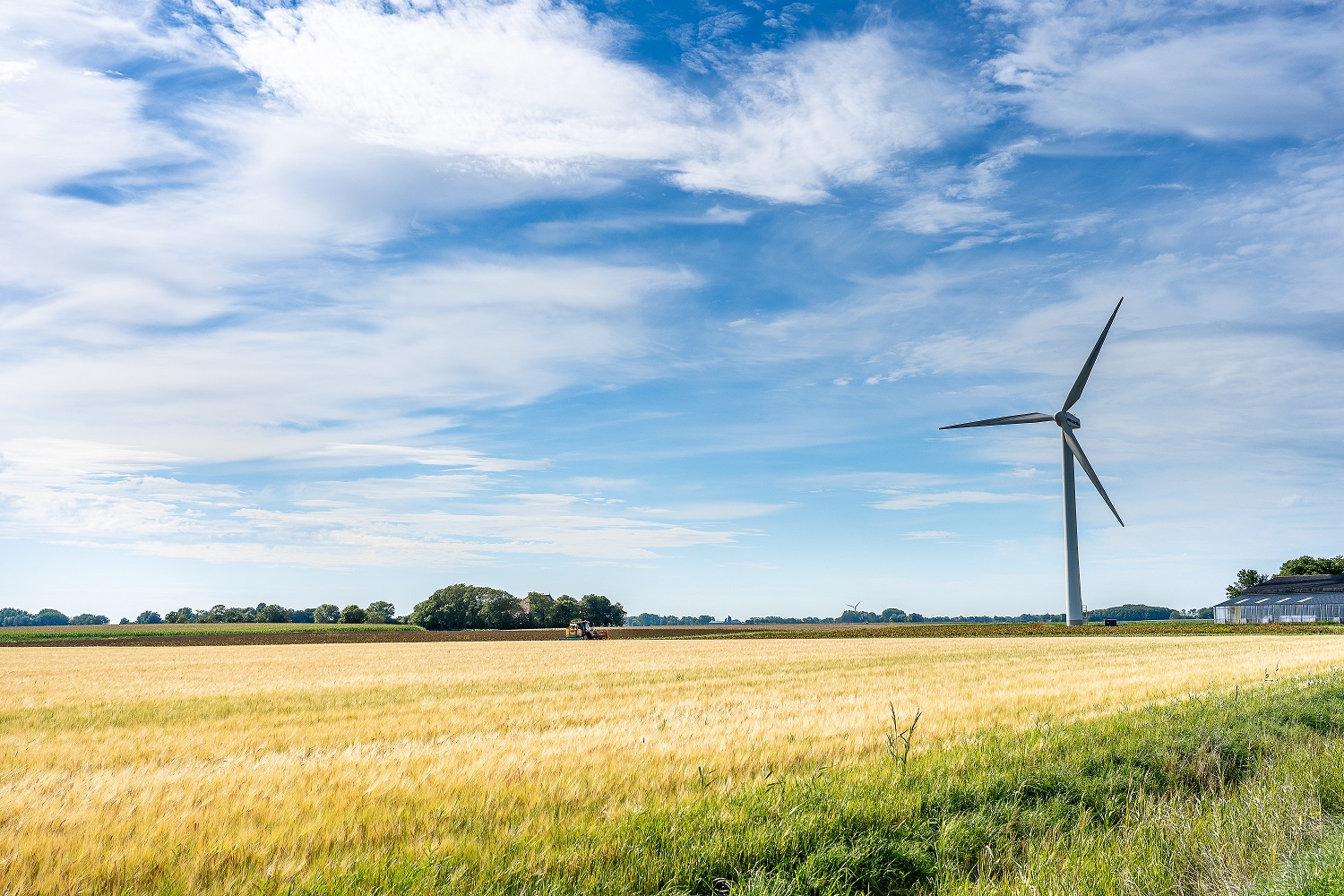

Agriculture has undergone significant development, particularly since the end of World War II. New technology, mechanisation, increased chemical use, specialisation, and government policies that supported maximising production all contributed to a rise in its productivity.
Agriculture produces approximately $1.3 trillion worth of food products annually and employs over one billion people. Almost 50% of the liveable land on Earth is made up of pasture and farmland, which serve as both habitat and food for a wide variety of species. The ability to consistently provide essential supplies such as food and water to an expanding global population is vital to the survival of humanity as the population is predicted to be about 9 billion people on Earth by 2050. The ability of agriculture to meet human needs both now and in the future is, however, threatened by a variety of issues, such as climate change, a rapid loss of biodiversity, land degradation due to soil salinity, erosive compaction, pollution, the depletion water resources, as well as growing production costs.
To address these issues, a reformatted and efficient strategy, such as sustainable agriculture, is needed to assure continued food production. According to the Royal Society of Biology, sustainable agriculture attempts to find an equilibrium between societal requirements and environmental protection while also guaranteeing that farmers make fair profits. It does this by implementing agricultural methods and ecological principles to make farming as efficient as possible with little to no negative influence on the environment.
Presently, the markets for innovative technologies and specialised agricultural inputs are expected to be worth $2.5 billion, indicating the opportunity to participate in them. Among these innovations are the following:
These solutions make use of and employ soil and weather sensors that are integrated into technology, physical things, and control systems to offer relevant insight. IoT technologies help growers and farmers improve productivity by reducing waste in a variety of areas, including the amount of fertiliser used, the number of trips made by farm vehicles, and automation of the irrigation process. Farmers can monitor field conditions using this precision agriculture technology from any location. This also involves using both ground-based and aerial drones.
With a rise in the acceptance of these automated farming solutions by conventional farmers, an increasing number of businesses are working on robotics innovation to produce drones, autonomous tractors, robotic harvesters, automatic watering, and seeding robots. The automated harvesting process, improved efficiency, lower labour expenses, and decreased use of pesticides are all benefits of these sophisticated technologies.
The agricultural industry has a significant duty to develop new methods of fruit packaging. Finite supply of fossil fuels is used to make petroleum-based plastic packaging, much of which doesn't decompose completely for many decades. To find the best solutions for packaging various types of fruits, sustainable and eco - friendly packaging materials that are biodegradable, compostable, or recyclable are being investigated and improved. Aggrotech businesses are constantly researching and producing edible-biodegradable film, exploring the circular approach to developing new packaging material by utilising waste materials, and adopting bio-cellulose and natural material to build resistant and reusable packaging.
The term "vertical farm" refers to a farming method where crops are raised in trays or other stackable modular structures. Crops are cultivated under regulated climatic conditions in fortified soil, water, or air under artificial light that can imitate the sun in order to induce photosynthesis. Farmers benefit from increased water and land efficiency and a decreased risk of soil pests and diseases. For example, the UK-based retailer Marks and Spencer has combined a hydroponic vertical farm display with in-store point-of-sale design. Customers now have the option to buy fresh herbs like basil, mint, and coriander with their roots still attached. This novel concept uses agriculture to advance sustainability and well-being.
To raise crop yields, suppress weed and maximise the use of fertiliser, agrochemicals, and water, farmers utilise items made of plastic. Plastic products can be durable, but as soon as they are exposed to the environment, the breakdown process begins on the plastic's surface. The biodegradable plastic mulch, which was developed in the 1980s, is one of many alternatives to plastic mulch. This has been proposed as a good alternative to plastic mulch. In order to build an ideal alternative, a variety of methodologies are always being investigated to efficiently determine the end-of-life performance, rate of biodegradability under varied environmental circumstances, and length of time needed.
Moreover, studies have shown that mulch alternatives that are more natural, such as cover crops, help to protect the soil, and increase its productivity. Cover crops, such as annual ryegrass, buckwheat, oats, and other small grains, are excellent in preventing weed growth, controlling soil temperature, assisting in the retention of soil moisture, and acting as a habitat for beneficial creatures.
These improved approaches could enhance soil quality, control water quality, and maintain biodiversity for agricultural assets. With this, we hope to lessen the negative environmental effects of agriculture while also preserving the elements of the natural ecosystem that support it.
Using precision farming techniques can aid minimal reliance on limited resources, reduce pesticide use, and environmental contamination while increasing resource and energy efficiency.
Sustainable agricultural practices can help reduce food waste, give chances for smarter farming, and provide a more efficient procedure for delivering food from farm to fork.
The predicted population rise is a cause for concern, and the necessity for sustainable practices is becoming extremely crucial. To enable and assure the successful implementation of this sustainable strategy, regulatory frameworks, capacity-building, and the involvement of interdisciplinary players such as government, the corporate sector, academia, and civil society will be required.
At FRESHPPACT, we bring together retailers, manufacturers and agribusinesses operating within food supply chains to identify shared high-priority social and environmental challenges and work with research partners to accelerate the adoption of the most promising solutions through a process of rapid evaluation, testing and adoption. If you would like to know more about what we do and how you can be a part of it, send us an email at [email protected].
References